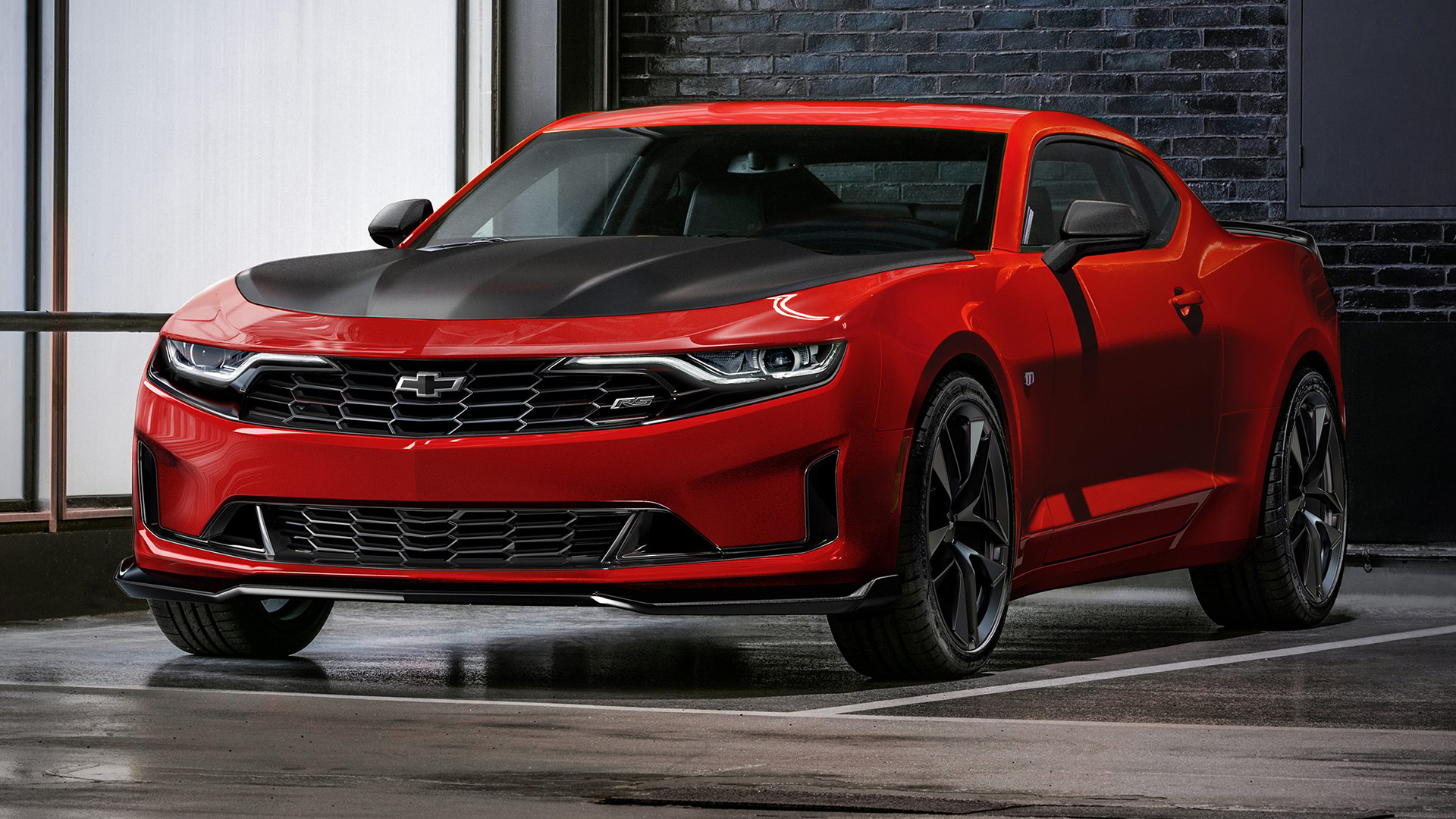

When the Chevrolet Camaro came back from its eight-year hiatus for its fifth generation, it came back with a bang. From 2010-2014, the Camaro had a fairly commanding lead over the Mustang in terms of sales numbers. People loved the Transformers-inflected design, the strong performance from the SS model, and just the fact that an American icon was back from the dead.
But since the current-gen Mustang came out for the 2015 model year, the tables have turned. The Mustang has been pummeling the Camaro in sales numbers over the last three years, despite the Camaro’s 2016 redesign putting it on GM’s terrific Alpha platform and offering a turbocharged four-banger to compete with the successful EcoBoost Mustang.

The Camaro is getting beaten by its rival of more than a half-century because Chevy has been struggling to compete on the low end of the spectrum. Everyone loves the fire-breathing V8 Camaros, especially the ZL1, but what about folks who don’t have V8-sized budgets They’ve been buying EcoBoost Mustangs and even V6 Challengers instead.
That’s right, the Camaro is even being beaten by the Dodge Challenger, a longtime third-place competitor. The Challenger rides on a platform that’s a decade old and it certainly has its fair share of absurd variants on the high end, but according to the wallets of everyday Americans, it’s still more appealing than the Camaro.
On paper, a four-cylinder Camaro simply isn’t as good as a four-cylinder Mustang. The 2.0-liter four in the Camaro makes 275 hp and 295 lb-ft of torque while the boosted 2.3-liter unit in the entry-level Mustang makes 310 horsepower and 350 lb-ft of torque. That’s a fairly significant difference and having driven both cars, I can tell you it’s noticeable from behind the wheel. Fuel economy is also nearly identical between the two, so Chevy can’t even claim an efficiency advantage.
What’s Chevy going to do about all this? Start by admitting there’s a problem, it seems.
“Frankly, [the Mustang’s] been eating our lunch,” Al Oppenheiser, chief engineer of the Camaro, told Automotive News. “The low [transaction prices] of a four-cylinder … that’s where the bulk of the sales are and that’s where our pricing strategy needed improvement. We plan to go head to head — and win.”
A new pricing strategy could help the Camaro in stay competitive. Chevrolet slashed prices of the lower-end models to accompany the 2019 facelift that made the Camaro much uglier different than the outgoing version. 2019 also introduces the 1LE package for the turbo Camaro making it a fairly affordable track toy that’s positioned to compete against the Mustang with the EcoBoost Performance Package.
“What’s happening in the sport car segment, there’s a lot more volume in the low-to-mid part of the market,” Steve Majoros, Chevy’s marketing director for cars and crossovers, told Automotive News. “We do a phenomenal job with our loaded SS’s, and it’s great business for us, but the reality is there’s an awful lot of people who just want a great looking sports car somewhere in that $30,000 range, and that’s what we’re going to deliver.”
It’s kind of surprising that Chevy was caught off guard on this. They have executives talking about the idea of a fun performance car that’s affordable and looks cool like it’s a new idea, but hasn’t that always been the point of an entry-level Camaro?